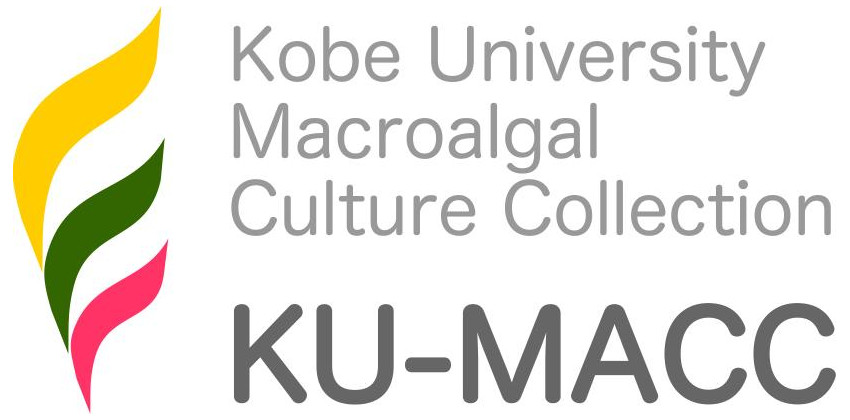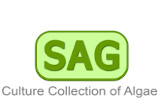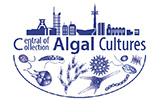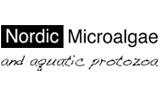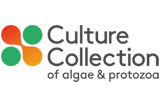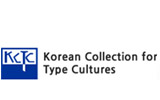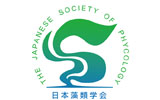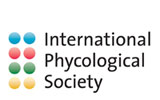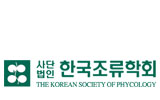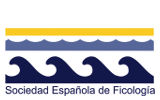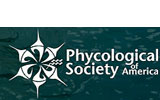Polysiphonia scopulorum Harvey 1855
Publication Details
Polysiphonia scopulorum Harvey 1855: 540
Published in: Harvey, W.H. (1855). Some account of the marine botany of the colony of western Australia. Transactions of the Royal Irish Academy 22: 525-566.
Type Species
The type species (holotype) of the genus Polysiphonia is Polysiphonia urceolata (Lightfoot ex Dillwyn) Greville.
Status of Name
This name is currently regarded as a synonym of Bryocladia scopulorum (Harvey) Díaz-Tapia.
Source of Synonymy
Díaz-Tapia, P. & Verbruggen, H. (2023 '2024'). Resolving the taxonomy of the Polysiphonia scopulorum complex and the Bryocladia lineage (Rhodomelaceae, Rhodophyta). Journal of Phycology 60(1): 49–72, 13 figures.
Type Information
Type locality: Rottnest Island, Western Australia; (Huisman, Kim & Kim 2017: 55) Holotype: W.H. Harvey; TCD; Travelling Set no. 187 (Huisman, Kim & Kim 2017: 55) Notes: Isotypes in TCD (Trav. Set 187). Type locality: Fremantle, Western Australia (Schneider & Lane, 2007: 137). Molecular vouchers: GenBank accession numbers MF139308, MF139309, MF139310 [from Fays Bay, Rottnest I., Western Australia]. Lectotype: TCD (Harvey, Travelling Set no. 187 designated in Parnell et al., 2010; Isolectotypes: BM 001067671, MEL 517744; Epitype: PD1655, MELUA 132369a, collected from Parakeet Beach, Rottnest Island on 17.iii.2015, by Pilar Díaz-Tapia & Joana F. Costa (Díaz-Tapia & Verbruggen, 2024
Origin of Species Name
Noun (plural possessive) (Latin), of the (sharp) rocks, of cliffs, (Brown 1954).
General Environment
This is a marine species.
Habitat
Occurs mainly on rough-water rock platforms or in relatively calm localities, usually lower eulittoral, occasionally sublittoral on older axes of Scaberia (Womersley 2003: 177).
Created: 04 August 1996 by M.D. Guiry.
Last updated: 11 June 2024
Verification of Data
Users are responsible for verifying the accuracy of information before use, as noted on the website Content page.
Taxonomic note
"To investigate the species diversity in P. scopulorum, the geographical distribution of species-level lineages and their morphological characterization, we collected 135 specimens from Australia, South Africa and southern Europe. Two gene datasets (cox1 and rbcL) were used to delimit species using three methods (GMYC, PTP, ABGD), leading to a consensus result that our collections of the P. scopulorum complex comprise 12 species. Five of these species were resolved in a highly supported clade, while the other seven species were related to other taxonomically accepted species or in unresolved parts of the tree. Morphometric and statistical analysis of a set of ten quantitative characters showed that there are no clear morphological correlates of species boundaries, demonstrating true cryptic diversity in the P. scopulorum complex. Distribution patterns of the 12 species were variable, ranging from species only known from a single site to species with a wide distribution spanning three continents. Our study indicates that a significant level of undiscovered cryptic diversity is likely to be found in algal turfs, a type of seaweed community formed by small entangled species." (Díaz-Tapia, Ly & Verbruggen 2020). - (31 August 2020) - M.D. Guiry
Linking to this page: https://www.algaebase.org/search/species/detail/?species_id=804
Citing AlgaeBase
Cite this record as:
G.M. Guiry in Guiry, M.D. & Guiry, G.M. 11 June 2024. AlgaeBase. World-wide electronic publication, National University of Ireland, Galway. https://www.algaebase.org; searched on 28 March 2025
 Request PDF
Request PDF